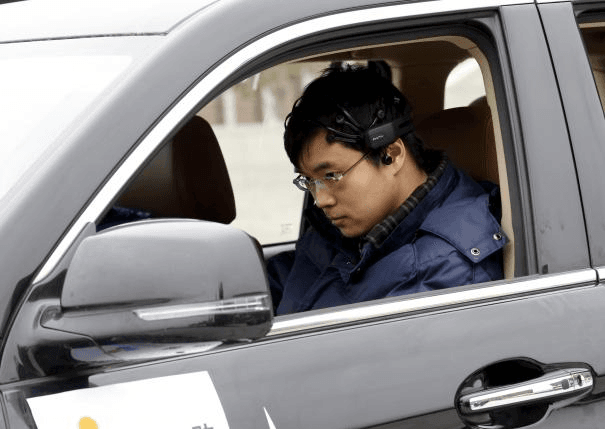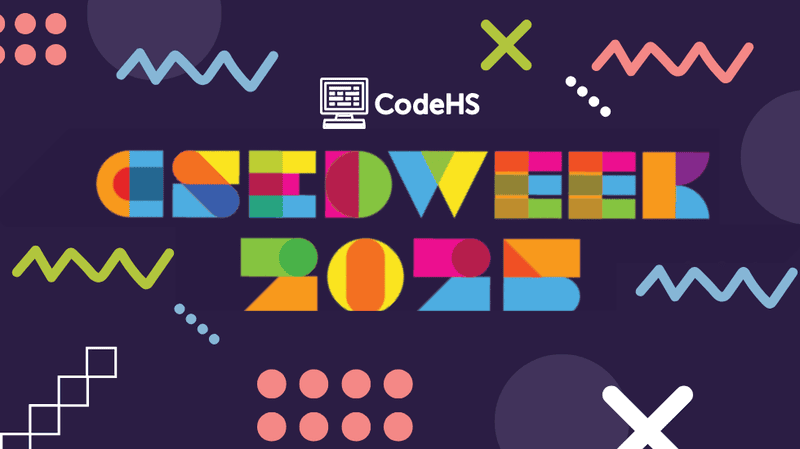Computer Science Education Week: Day 5!
Hopefully you’ve been enjoying Computer Science Education Week so far! If you haven’t done an Hour of Code yet, make sure to check out the tutorials at hoc.codehs.com. If you’ve run out of class time, tell your students to try out some coding at home this weekend! The Hour of Code tutorials will continue to be available after CS Ed Week is over!
Imagine this: you’re sitting in a car without a wheel and without pedals, and all you have to do is think “forward” and the car starts moving. You think “stop” and the car slows. Using wearable brain signal-reading equipment worn by the “driver,” Chinese researchers have invented a car that responds and moves in response to your thoughts. Right now, the car can move forward, backward, stop, lock, and unlock the vehicle — all without moving a muscle. Researchers program the car to respond to brain-signals from 16 different sensors that are attached to your head. What sort of conditional statement(s) would you use to program the car? Try writing out some pseudocode that you might program the car with to direct its movement!

Algorithms Are About to Revolutionize Sports Analysis and Officiating
Machine vision technology is being used in various sports to track ball movement, create accurate replay visualizations, and even predict where the ball will go next. A new team of researchers has taken a new and improved approach to ball tracking. By employing the laws of physics and the physical constraints that they dictate, tracking the ball itself, and the players, the researchers crafted an algorithm that can try and both capture and model ball movement more accurately even in sports where ball movement is irregular and often follows unusual trajectories.

How Virtual Reality is Changing Storytelling
Virtual reality uses computer modeling and simulation to enable people to interact in an artificial 3D world — make movements in the real world, and the artificial world will respond. Motion sensors detect the user’s position and movement and cause the artificial world to adjust accordingly, creating the feeling of actually being in a different place. This sort of immersive experience is changing storytelling! By utilizing VR technology, we can now not only read about or even watch a video of things that are taking place around the world, but become immersed in those stories and interact with them.

What sorts of safety measures would you program into this sort of car to make sure you don’t get into an accident? What sports do you think would be most difficult to track using machine vision techniques? What stories do you want to experience using VR? What stories do you want to share?
Let us know in the comments or by reaching out to us on Twitter @CodeHS! Thanks for joining us this week to learn about the cool applications of computer science.


